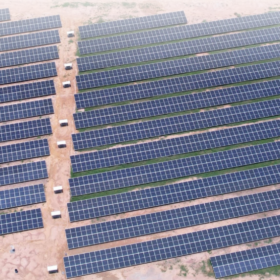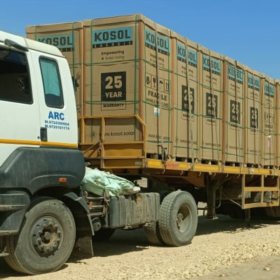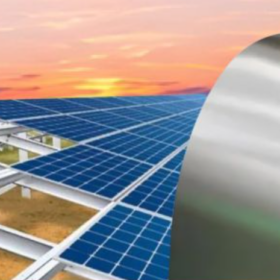India’s energy landscape is undergoing a significant transformation, with clean energy emerging as the backbone of future growth. According to a recent report by the Council on Energy, Environment, and Water (CEEW), the country must aim for 600 GW of non-fossil fuel capacity by 2030 to meet its rising electricity demands. This ambitious target underscores the need for rapid expansion in renewable energy sources, particularly solar and wind power. However, while large-scale projects continue to dominate the conversation, the potential of distributed solar energy, particularly rooftop solar, remains vastly under-utilised.
Globally, rooftop solar has played a crucial role in energy transitions. Countries like China, Germany, and the USA have successfully integrated decentralised solar generation, with rooftop installations accounting for 30% to 50% of total solar capacity in some cases. In contrast, India’s rooftop solar adoption lags significantly. As of January 2025, only 16.28 GW of India’s 100.33 GW total solar capacity comes from rooftop installations. Given India’s vast commercial, industrial, and residential rooftops, there is immense potential to bridge this gap.
The primary challenge hindering the adoption of rooftop solar is the financial and technical barriers faced by businesses and homeowners. Upfront capital investment, concerns over system performance, and lack of financing options have slowed growth. To address these issues, innovative financing models and supportive government policies are essential. Incentives such as easier access to credit, tax benefits, and streamlined approval processes can encourage more widespread adoption. Additionally, net metering policies and time-of-use tariffs can make rooftop solar a more attractive option for consumers, allowing them to sell excess energy back to the grid and recover costs faster.
Beyond economic benefits, distributed solar generation is critical for energy security and grid stability. Unlike large-scale solar farms that require vast land resources and significant infrastructure investments, rooftop solar reduces transmission losses, eases grid congestion, and ensures localised energy generation. Moreover, with growing concerns over climate change and air pollution, expanding rooftop solar will be key to reducing dependency on fossil fuels and meeting India’s net-zero commitments.
For India to achieve its 600 GW clean energy goal, rooftop solar must become a national priority. By learning from global success stories, addressing financial barriers, and implementing robust policies, India can unlock the full potential of decentralised solar energy. The next five years will be crucial in shaping the country’s energy future—scaling rooftop solar today will ensure a more resilient, sustainable, and energy-secure tomorrow.
The views and opinions expressed in this article are the author’s own, and do not necessarily reflect those held by pv magazine.
This content is protected by copyright and may not be reused. If you want to cooperate with us and would like to reuse some of our content, please contact: editors@pv-magazine.com.








The cordination of TNEB is worst. A friend of mine installed 10 KW RTS at Saligramam,Chennai and remitted the reqd fees to EB on 15/2/25 but till now meter not installed.Atleast 1000units of electicity is loss to the consumer. This attitude of TNEB refrain normal users from RTS. Very worst administration. The concerned shd be fired for this lapses.
India’s progress in solar is very good but you need to wait for the consequences of india’s political,environmental and economic situation whether the governments are trust worthy for energy back payment to customers and service after sales upto 25 years. It looks like the programmes are AI manipulated dramas. Next question is the PV recycling programme and a feedback from running Roof Top
Solar service scandles of EMI and bulk solar farm solar panel performance,EMI recovery, radiation health hazards,environmental green theory
Achievement
🙏Greetings to All. We have 715 kwp solar project installed in 2019 on roof top of 8 blocks. We have total roof area of 8.49 lakh sqft. Still we are left with uncoveted roof area on 2 blocks out of 10 blocks. We need to utilize uncovered portion. We are trying our level best to convince to use leftover area of 30k+ sqft rooftop and available resourse.
Hytrojan